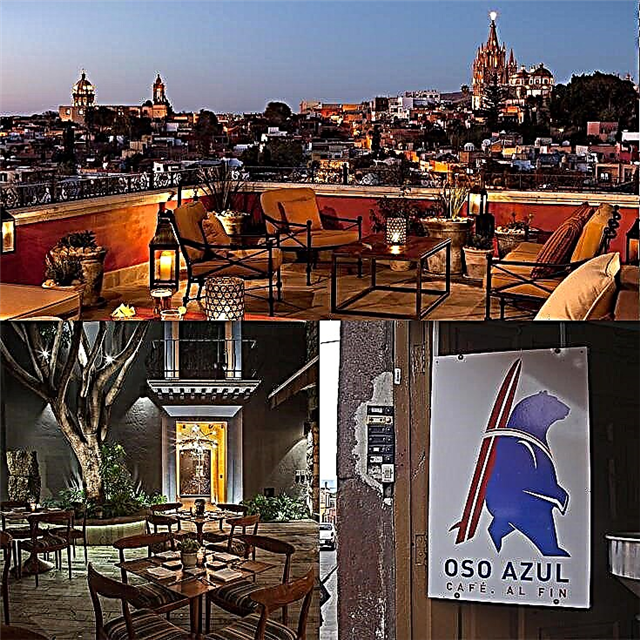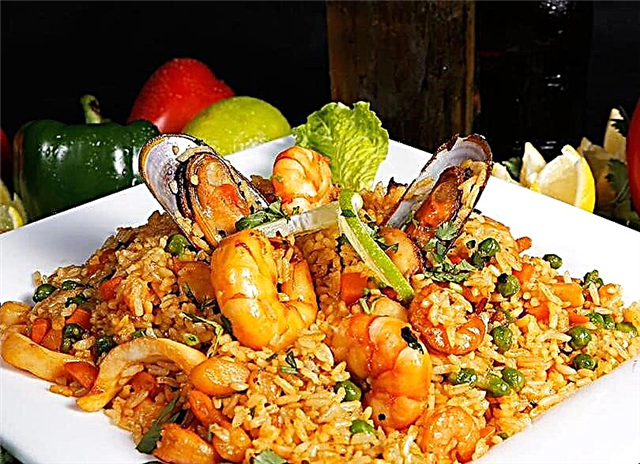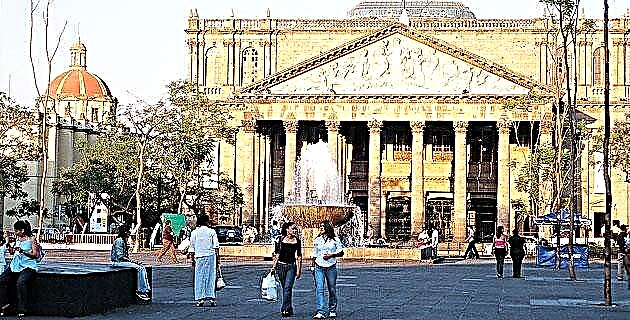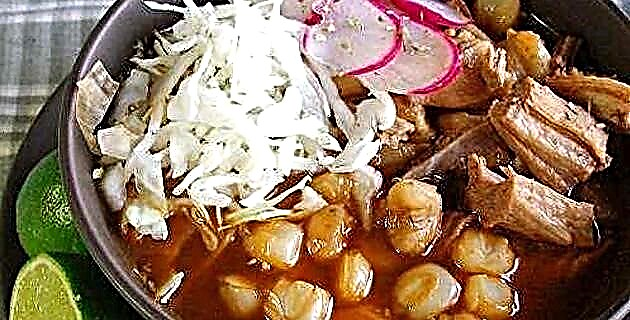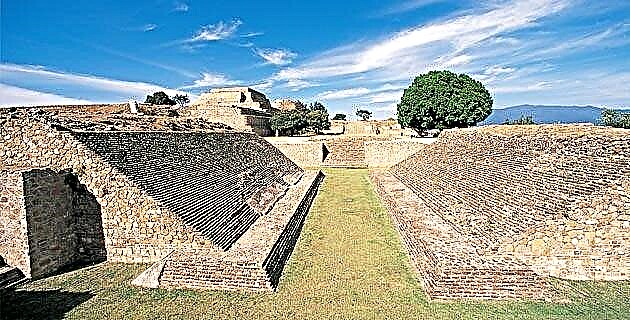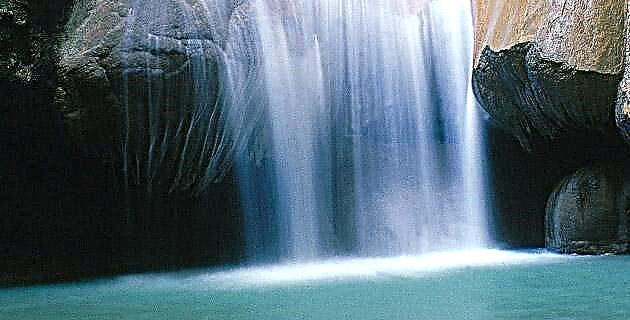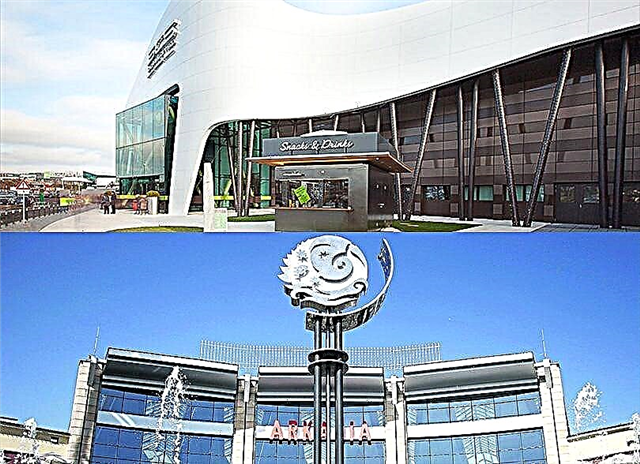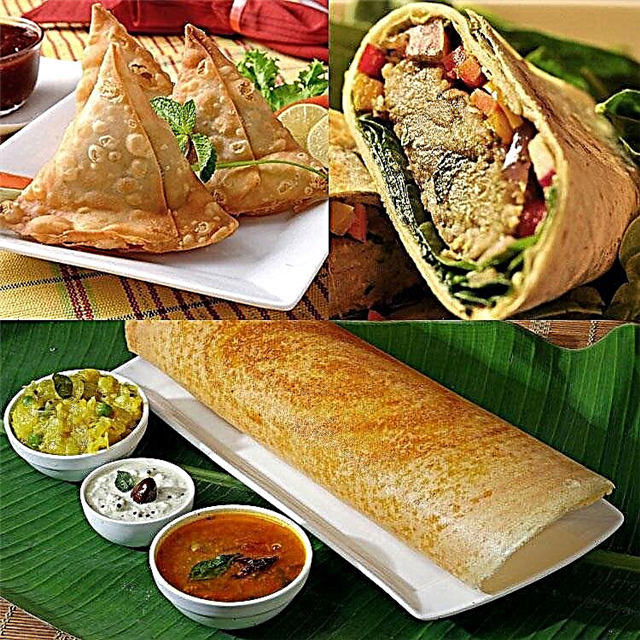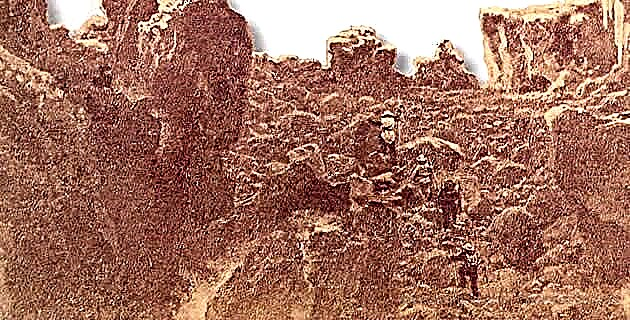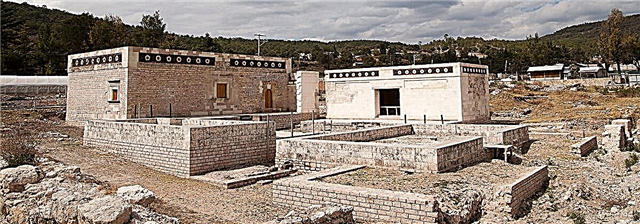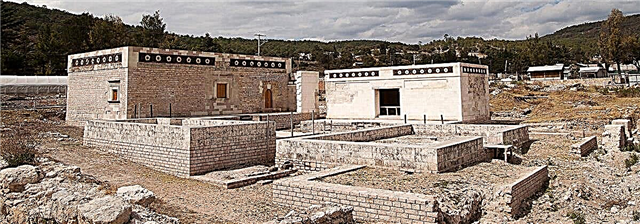
The Mixtecos settled in the west of the Oaxacan region, at the same time that the Zapotecs did in the Valley. Find out more about this culture.
From archaeological investigations we know that Mixtec settlements existed in places like Monte Negro and Etlatongo, and in Yucuita in the Mixteca Alta, around 1500 BC until 500 BC
For this period, the Mixtecs established contact with other groups not only through the exchange of products, but also through technological and artistic models, which can be observed in the styles and forms that they share with the cultures developed in places as far away as the basin of Mexico. the area of Puebla and the Valley of Oaxaca.
The Mixtec villages also had a settlement pattern based on housing units that brought together several nuclear families, whose economy was based on agriculture. The development of techniques for the storage of food led to the increase of classes and types of ceramic objects, as well as constructions in underground wells.
Yucuita is another of the important Mixtec settlements of this period, perhaps subordinate to Yucuñadahui 5 km away. of the. It is located in the Nochixtlán Valley on a flat and elongated hill and by the year 200 BC. it had reached a population size of several thousand inhabitants.
The first Mixtec urban centers were small, with a population of between 500 and 3,000 inhabitants. Unlike what happened in the central valleys of Oaxaca, in the Mixteca there was no predominance of one city for long periods as in the case of Monte Albán, nor was its size and population density reached.
THE CUSTOMS OF MIXED COMMUNITIES
The Mixtec communities maintained constant competition, their ties and alliances were temporary and unstable, with conflicts for power and prestige. The urban centers also served to congregate the population on market days and as a meeting place with other neighboring groups.
Large platforms and ball games predominate in these Mixtec sites. For this period there is already a clear presence of writing through glyphs and representations worked in stone and ceramic, both of specific figures and places, as well as calendar dates.
Regarding the social organization of the Mixtecs, a difference in social status is noted, according to the different types of housing and objects found in them, characteristic of the tombs and their offerings that certainly varied according to the social rank of the individual.
For the next stage, which we can call that of the lordships, chiefdoms and kingdoms, society is already stratified into several fundamental groups: the ruling and main lords; the macehuales or comuneros with their own lands, landless peasants and slaves; This phenomenon not only occurs in the Mixteca, the same happens in most of the Oaxacan region.
In the Mixteca Alta, the most important site for the Postclassic period (750 to 1521 AD) was Tilantongo, which was called Nuu Tnoo Huahui Andehui, Temple of Heaven, kingdom of the famous leader Eight Venado Jaguar Claw. Other important manors were Yanhuitlán and Apoala.
One of the outstanding features of this stage is the high degree of artistic and technological development achieved by the Mixtecs; beautiful polychrome ceramic objects, obsidian figures and tools made with great quality, engravings made in bone with codex-type representations, ornaments of gold, silver, turquoise, jade, shell and something that stands out in a significant way: the pictographic manuscripts or codices of great aesthetic value and invaluable, above all, for the historical and religious content that emerges from them.
This period was one of great demographic mobility for the Mixtecs, due to various factors, among which the arrival of the Aztecs around 1250 AD, and the Mexican incursions and invasions that occurred two centuries later, deserves special mention. Some Mixtec groups in turn invaded the Valley of Oaxaca, conquered Zaachila, and established a dominion in Cuilapan.
The Mixteca was divided into a network of manors made up of each of the towns and their surrounding regions. Some were grouped into a series of provinces while others remained independent.
Among the largest are Coixtlahuaca, Tilantongo, Tlaxiaco and Tututepec. These Mixtec lordships were also called kingdoms and had their headquarters in the most important cities of that time.
According to different ethnohistoric sources, Tututepec it was the most powerful kingdom in the Mixteca de la Costa. It stretched over 200 km. along the Pacific coast, from the current state of Guerrero to the port of Huatulco.
It exercised dominion over several peoples whose ethnic composition was contrasting, such as the Amuzgos, the Mexica and the Zapotecs. At the head of each town was a cacique who had inherited power as the highest authority.

